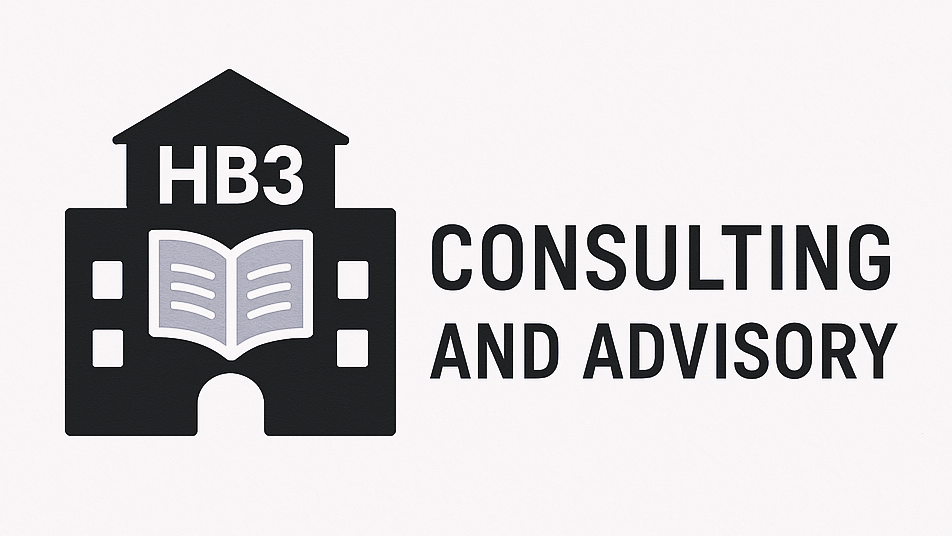Museum After Hours: The Power of Leaving Space for Learning
There’s a special kind of quiet that settles over a museum or performance venue before the doors have opened to the public. The lights are subtler, the air feels stiller, and you can hear your own footsteps echo against marble floors or polished wood, or shuffling along a path in an outdoor space. Without the usual hum of visitors, the exhibits seem to stand taller, commanding your attention in new ways.
I’ve always loved that time (outside opening hours) because it changes the way I see the space. The absence of noise and movement sharpens my focus while also allowing my thoughts to wander to “what-ifs”. I start to notice details I’ve overlooked a hundred times: the brushstrokes in a painting, the way light glances off a bronze sculpture, the purposeful order of artifacts in a case, the placards drawing visitors to learn more.
And when I’ve invited others to see a museum this way, they’ve often had the same reaction. But the key (and I learned this early on) is to resist the urge to fill the silence. If I start explaining what I see, or narrating what they should notice, I interrupt their process. The magic happens when I step back, let them wander, and allow their own curiosity to take the lead.
The Learning Power of Space
That “outside of opening hours” feeling is a powerful analogy for learning. In today’s education system, students’ time is often fully scheduled, their attention directed from one subject to the next with little room to pause, wander, or follow their own questions. When students do get unstructured time, it’s often disconnected from any intentional framework, more of a break than an opportunity. But when we create purposeful space within learning, students can make connections that simply aren’t possible when everything is tightly scripted.
The principle (and the potential) here is balance:
School provides the foundation: literacy, numeracy, content knowledge, and structured practice.
Out-of-school experiences can open the doors to applying those skills in meaningful, real-world contexts.
One doesn’t replace the other. Just as a museum’s after-hours magic depends on the curation that’s already been done, powerful place-based and out-of-school learning depends on the core knowledge and skills developed during the school day.
Imagine giving students not just content knowledge, but the tools to explore their own neighborhoods the way one might explore a museum after hours:
A map and the skills to read it.
The confidence to ask questions of people they meet.
The curiosity to see local landmarks, small businesses, or public spaces as worthy of study.
The ability to connect what they find back to the broader concepts they’ve learned in class.
When young people are equipped this way, their learning stops being bound by walls or schedules. The world itself becomes the exhibit hall, one that is open 24/7.
Why This Doesn’t Replace School
Out-of-school learning doesn’t compete with or replace in-school learning; it supplements and deepens it. A strong foundation in literacy, numeracy, and disciplinary thinking is essential. Without it, exploration can lack direction and meaning. Once that foundation is in place, opportunities to use those skills in real contexts can make learning feel urgent, personal, and alive.
It’s the same balance as in a museum after hours:
The structure is there (the exhibits, the curation, the arrangement).
The freedom to explore belongs to the learner.
The “after hours” quiet isn’t magical because the museum is empty, it’s magical because it’s prepared. The exhibits are in place. The stories are there, waiting. The lighting and layout guide you subtly without dictating your every move. In schooling, both in and out of the classroom, expertise matters in the same way. Giving learners agency doesn’t mean stepping away entirely; it means using our knowledge of how people learn to set up conditions where curiosity can thrive and connections can be made.
That’s the balance we should strive for: enough structure to inspire, enough space to explore, whether in a science lab, a local park, or a street corner in the neighborhood.
An Invitation
Whether you lead a cultural institution, design an out-of-school program, run a microschool, teach in a traditional classroom, or work in a city cultural office, think about your own “after hours” moments. What would happen if you gave your learners just a little more space and trusted the structure you’ve already built to guide them? You might be surprised at how much they notice when you’re not filling the silence.

